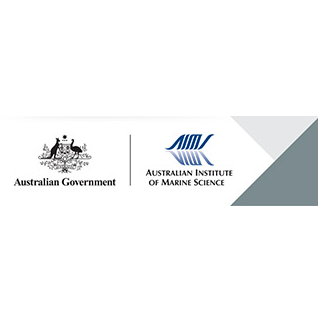Brief description
Ten reefs were chosen to represent those possibly affected by the 1991 Oil Spill, including both nearshore and offshore reefs, and those outside the area of impact of the spill (controls). These reefs were: Safaniyah GOSP 4, Khafji, Nearshore Safaniyah, Manifa, Musallamiyah, Abu Ali (Control), Tarut Bay (Control), Karan Island, Jana Island, and Jurayd Island (Control). At each reef, three sites were selected, and at each site, up to three permanent transects were established using 1 m long metal stakes hammered into the seabed, and marked by subsurface floats. Several divers hammered in a 50 cm metal stake to permanently mark the 50 m transects. Transects were established at three main depths, 3, 6 and 9 m, in order to gain a representative sample of the different growth forms that occur. Some of the reefs surveyed, especially nearshore reefs, were relatively flat with little depth variation, therefore transects were established at only one or two different depths. A total of 62 transects were established covering a total distance of 3.1 km. At each of the ten surveyed coral reef sites the following data were collected: Standard general site observations for each site including the following: GPS coordinates, Abundant organisms, Evidence of fishing or anchor damage, Reef health including coral bleaching, and Water clarity. Temperature, salinity, and dissolved oxygen at surface, and transparency as measured by Secchi disk; Fish species and estimated lengths along 52 transects among the ten coral reef sites; Video of benthic species along 62 transects among the ten coral reef sites; Coral species were identified along and coral size class was recorded; Collected coral cores from four reef sites (one control and three potentially impacted sites); Habitat characterization: e.g., presence and density of sea urchin, presence of damaged or diseased corals, bleaching, crown-of-thorns starfish; Rugosity measurements; and Collected sediment samples from each transect for total petroleum hydrocarbons (TPH), polycyclic aromatic hydrocarbon (PAH), total organic carbon (TOC), heavy metals, and grain-size analyses. The main objective of the study was to assess the degree of damage sustained by Saudi Arabia's Arabian Gulf coral reef ecosystems from the 1991 Gulf. Further specific objectives of the study included the following: 1) Assess the long-term effects of the 1991 oil spill on the coral reefs of the Saudi Gulf waters. 2) Assess the potential for rehabilitation of damaged reefs (if any) or the potential losses suffered by the Kingdom. 3) Compare coastal and offshore coral reefs within the area impacted by the 1991 Gulf War oil spill to reefs located outside that area.Lineage
Maintenance and Update Frequency: notPlannedNotes
CreditSweatman, Hugh PA, Dr (Principal Investigator)
Modified: 23 06 2025
text: westlimit=48.67; southlimit=26.55; eastlimit=50.25; northlimit=28.36
Related metadata: Trace analysis of hydrocarbons in Porites coral cores from the Arabian Gulf, Saudi Arabia
uri :
https://apps.aims.gov.au/metadata/view/3530994d-c196-4ff7-bb46-93760d603300![]()
Related metadata: Growth records in Porites coral cores from the Arabian Gulf, Saudi Arabia
uri :
https://apps.aims.gov.au/metadata/view/e8d13271-7dee-4d0e-ac94-d8ec4259de34![]()
DeVantier LM, Turak EI, Al-Shaikh KA and De'ath AG (2001) Coral communities of the central-northern Saudi Arabian Red Sea. Fauna of Arabia. 18: 23-66.
local : 11068/6185
Wilkinson CR (2005) Monitoring coral bleaching and anthropogenic damage in the Arabian Region with the Global Coral Reef Monitoring Network. pp. 37-42. Proceedings of an International Symposium on: The Extent and Impact of Coral Bleaching in the Arabian Region (6-9 February 2000), in Riyadh, Kingdom of Saudi Arabia.
local : 11068/1707
- global : 03ce8a26-1f1f-49f4-94eb-83aa9a8b1460


